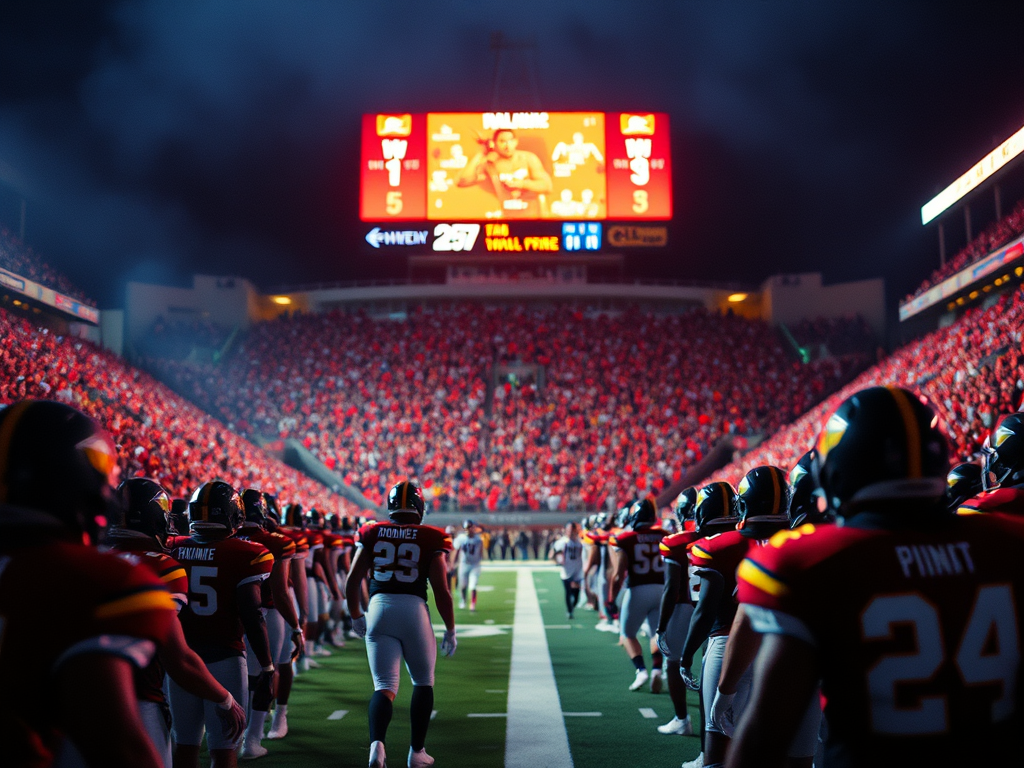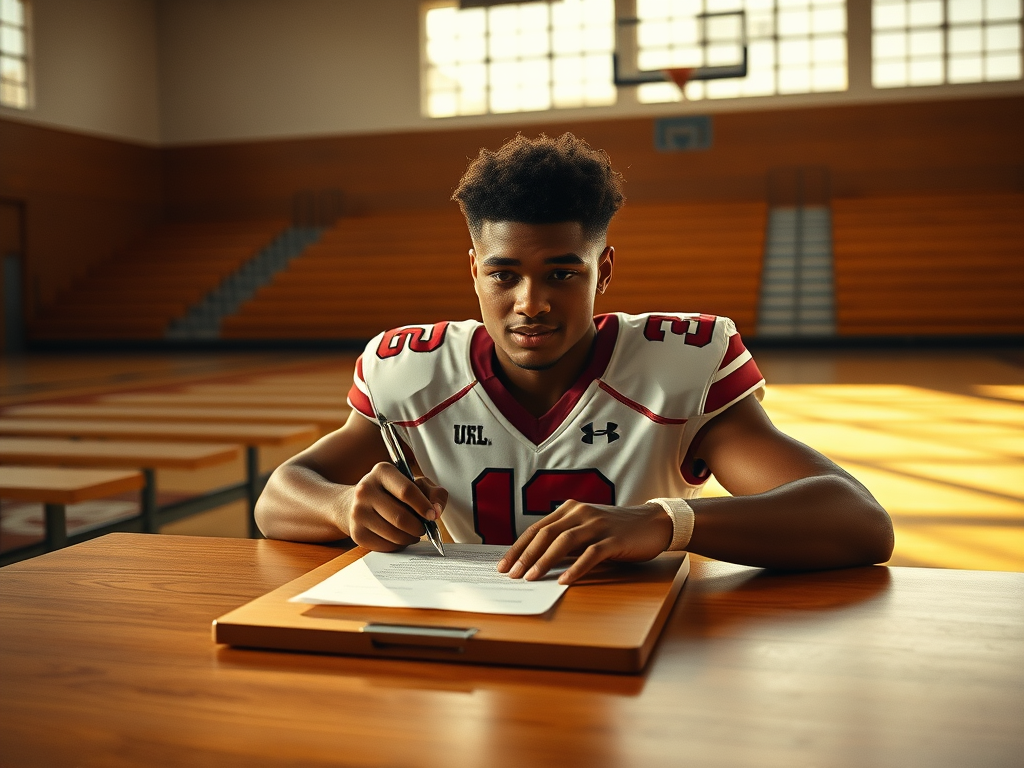The National Letter of Intent (NLI), the backbone of NCAA athletics for more than half a century, will soon be no more.
The NCAA Division I Council approved Wednesday to eliminate the NLI. Financial aid and scholarship agreements are expected to be used.
This change is just the latest in a number of them in the ever-changing landscape of college athletics — one that will impact HBCUs as well as the rest of the structure.
The total number of days players in FBS and FCS can enter the transfer portal has been changed from 45 to 30 days by the D-I Council. However, it preserved the spring transfer window. They’ll move forward with a 20-day winter transfer window from Dec. 9 — the Monday after conference championship games — through Dec. 28 and a 10-day spring window April 16-25.
Basketball programs will also experience a shortened window as well, as it will drop from 45 to 30 days after the second round of the NCAA Tournament. However, the 30-day transfer window in the event of a head-coaching change will remain.

These changes have been officially made while another one is being discussed.
The powers that be of college football are putting together a new plan called “Project Rudy” that could impact HBCUs and other small schools.
The introduction of “Project Rudy,” a proposed 70-team super league for college football, could have several significant impacts on HBCUs, including:
Further Marginalization: With a focus on marquee matchups among the Power Five conferences, the super league would eliminate games against Group of Five and FCS programs, which includes many HBCUs. This reduction in scheduling opportunities could decrease visibility and revenue streams for HBCU football programs that often rely on “pay games” against larger schools to support their athletics budgets.
Widening Revenue Gaps: The super league’s tiered revenue distribution would funnel significant financial resources to the top schools, leaving schools outside of the super league—like HBCUs—struggling to compete financially. While schools in the super league could see revenue in the hundreds of millions, HBCUs would likely face even greater financial challenges.
